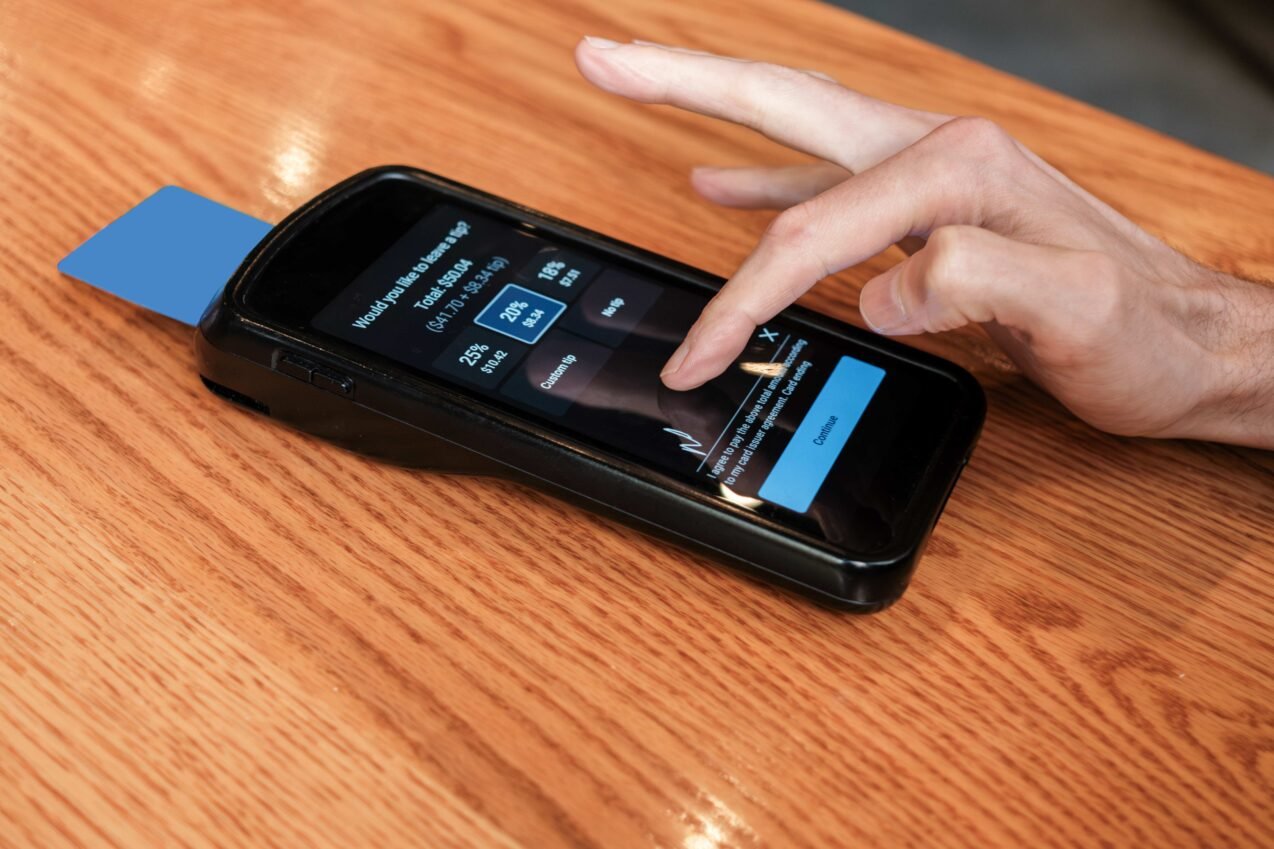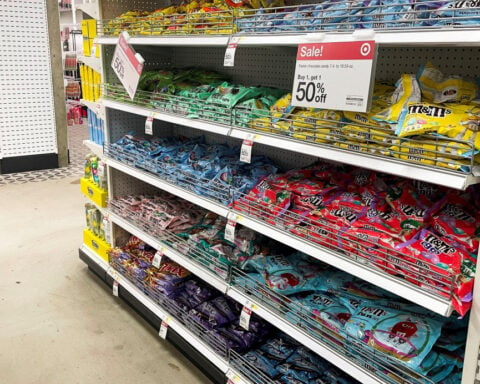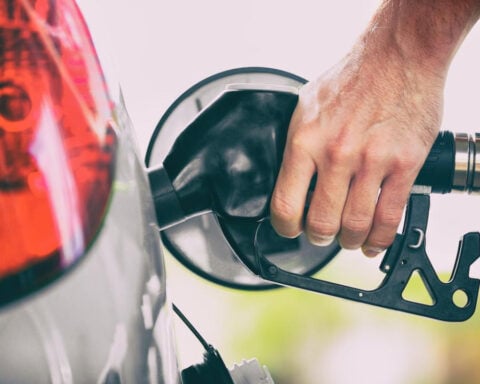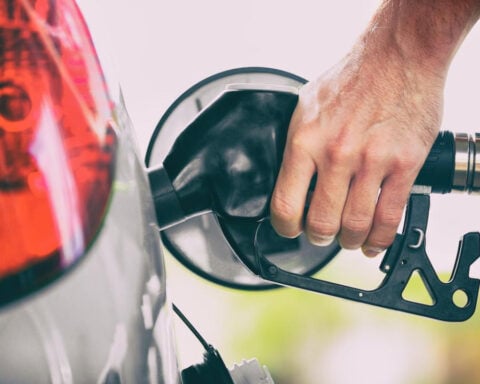What if that 15% tip you left at your last restaurant visit was actually closer to 23%? A viral social media post reveals how digital payment systems might quietly inflate gratuity calculations.
A simple tipping glitch at restaurants could cost customers more than they realize. Instagram user @big_beau7 documented what appeared to be inflated tip calculations on a $27 bill. According to the post, when selecting a 15% tip option, the system charged $6.22 instead of the mathematically expected $4.05.
The payment interface displayed standard percentage options of 15, 18, 20, and 25%.
The 18% option generated a $7.47 tip rather than the calculated $4.86, while other percentage selections showed similar inconsistencies.
The screen displayed a notice stating, "Tip is calculated after tax and before discounts," though the post did not specify whether any discounts were applied to the order.
The post received varied responses, and many showed disappointment. "It literally says after tax and before discounts. You have a bunch of discounts on there, buddy," one user commented on the post.
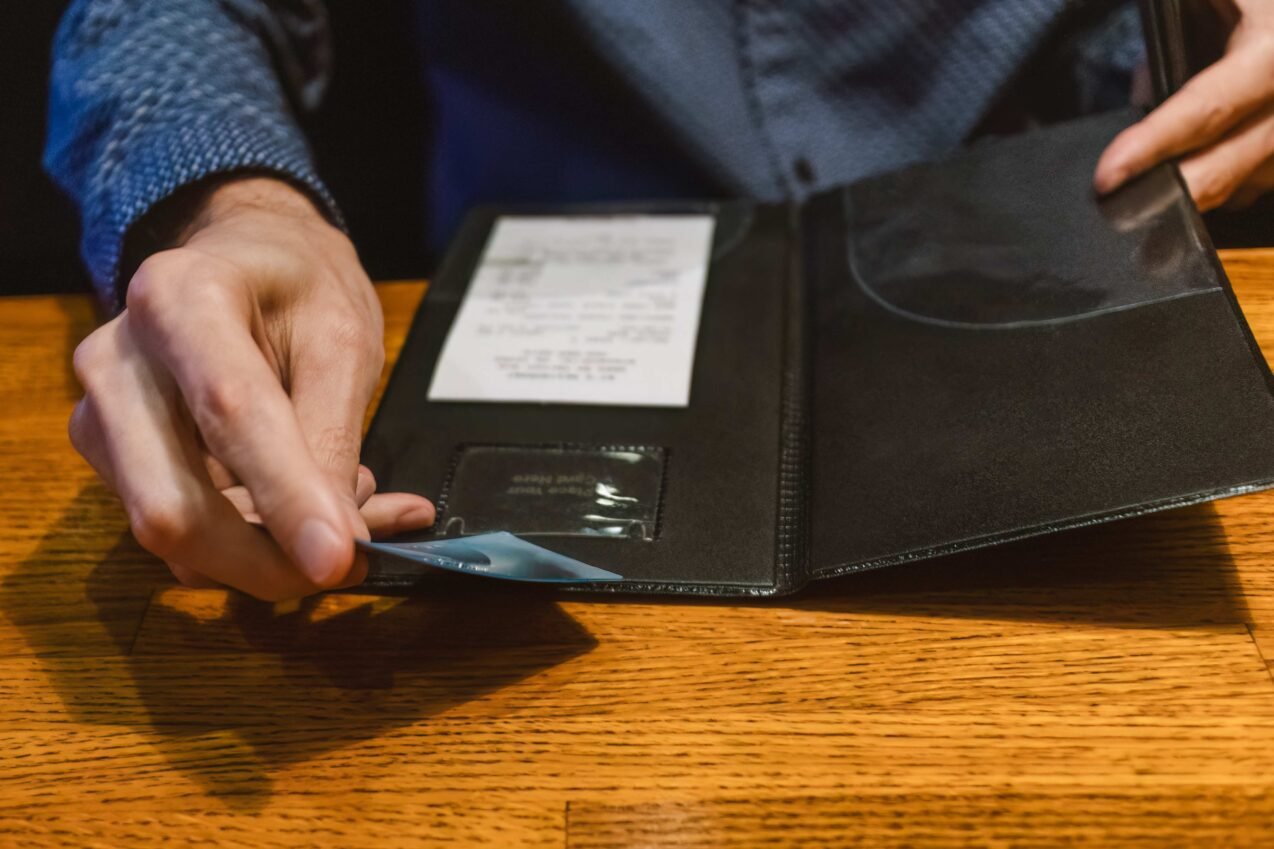
Other viewers expressed concern about the payment system's calculations. "That's a class action lawsuit waiting to happen," wrote one commenter.
The video highlights the discrepancy, adding to growing discussions about digital payment practices in the service industry. Recent trends have seen an increase in digital point-of-sale systems that present customers with pre-calculated tip options during transactions.
The post sparked debate about tipping practices, with several users questioning the practice of calculating tips based on post-tax totals. "Never TIP AFTER TAX! Why would anyone tip a tax?? You're tipping the service, not the government," another user commented.
Consumer advocates recommend that customers carefully review their bills and tip calculations, particularly when using digital payment systems. The rise of electronic payment methods has introduced new complexities to traditional tipping practices, from percentage calculations to the timing of when tips are applied during the transaction process.
The video gained attention on social media platforms, with users sharing similar experiences and calling for greater transparency in digital payment systems' tip calculations. Some commenters suggest checking manual calculations against system-generated tip amounts to ensure accuracy.
This incident follows broader discussions about tipping practices in the digital age, where payment systems increasingly influence customer behavior. As more businesses adopt digital payment terminals, questions about calculation methods and transparency continue to emerge.
Related Articles:

 Trump has begun another trade war. Here's a timeline of how we got here
Trump has begun another trade war. Here's a timeline of how we got here
 Canada's leader laments lost friendship with US in town that sheltered stranded Americans after 9/11
Canada's leader laments lost friendship with US in town that sheltered stranded Americans after 9/11
 Chinese EV giant BYD's fourth-quarter profit leaps 73%
Chinese EV giant BYD's fourth-quarter profit leaps 73%
 You're an American in another land? Prepare to talk about the why and how of Trump 2.0
You're an American in another land? Prepare to talk about the why and how of Trump 2.0
 Chalk talk: Star power, top teams and No. 5 seeds headline the women's March Madness Sweet 16
Chalk talk: Star power, top teams and No. 5 seeds headline the women's March Madness Sweet 16
 Purdue returns to Sweet 16 with 76-62 win over McNeese in March Madness
Purdue returns to Sweet 16 with 76-62 win over McNeese in March Madness
